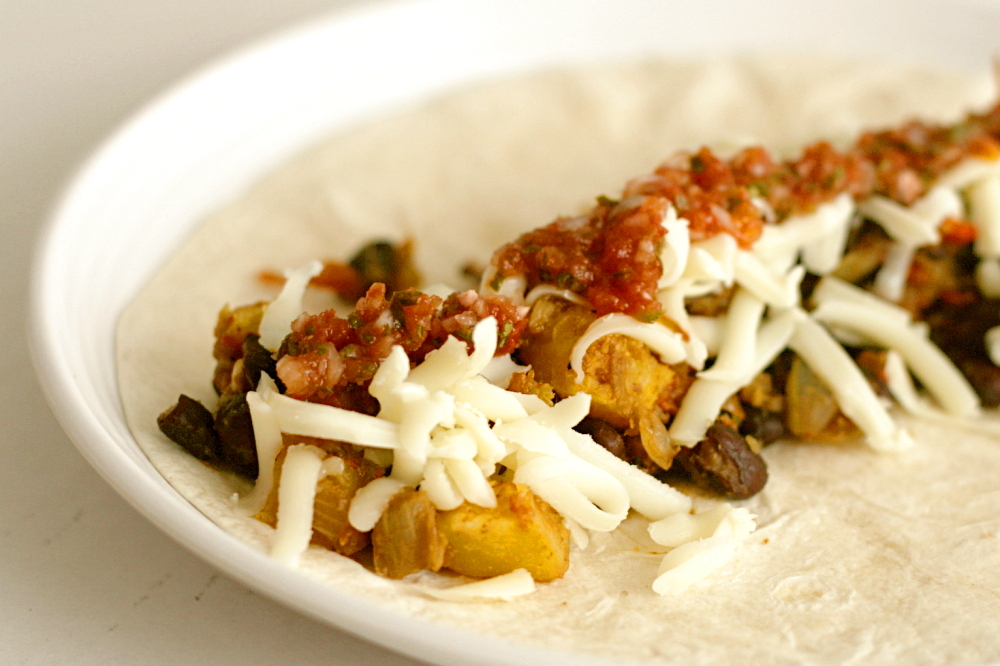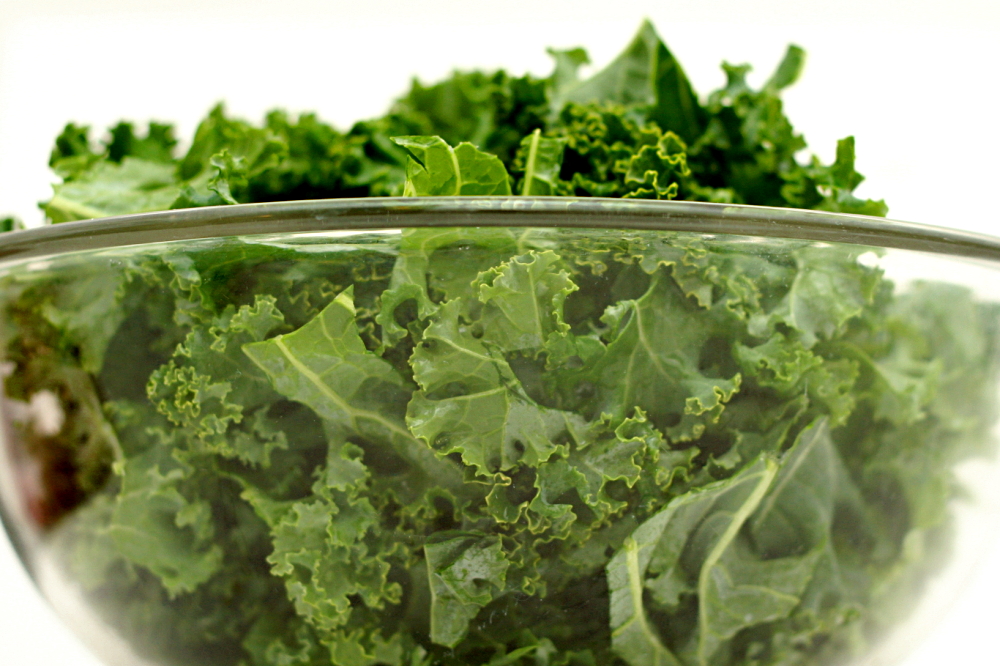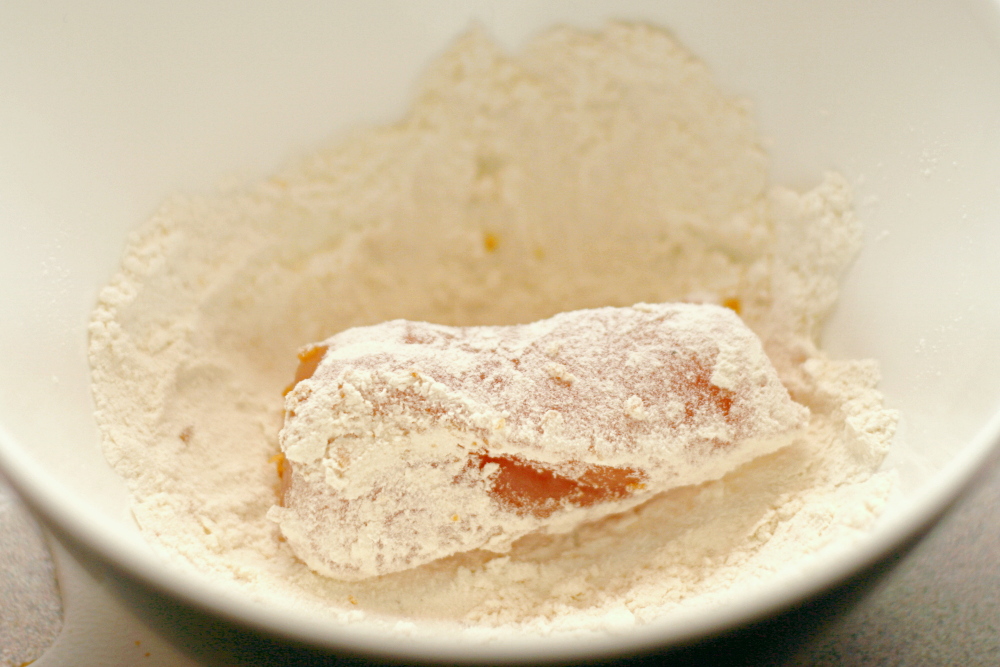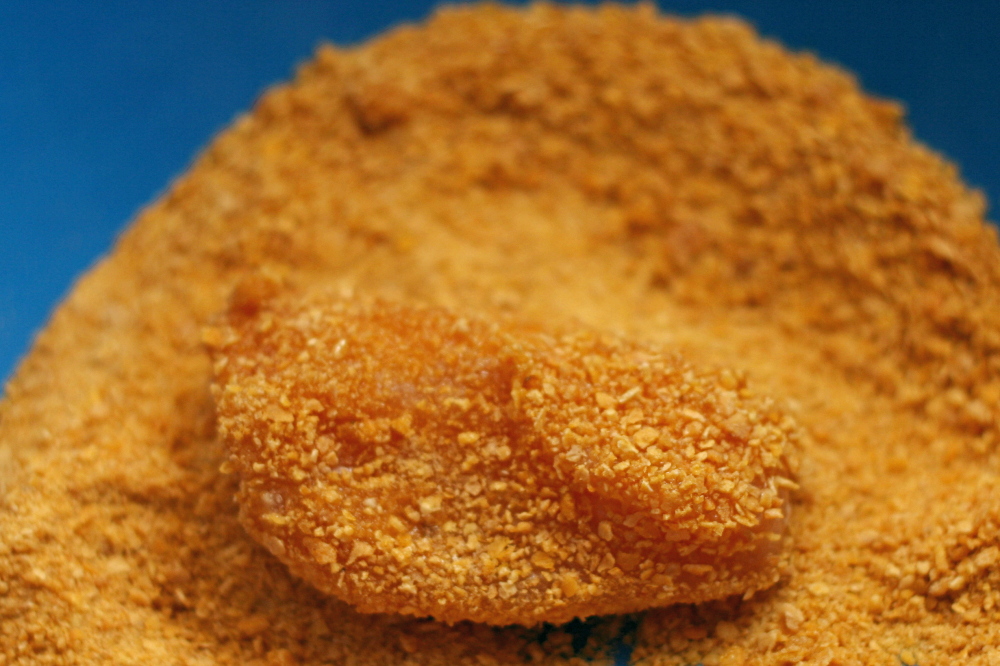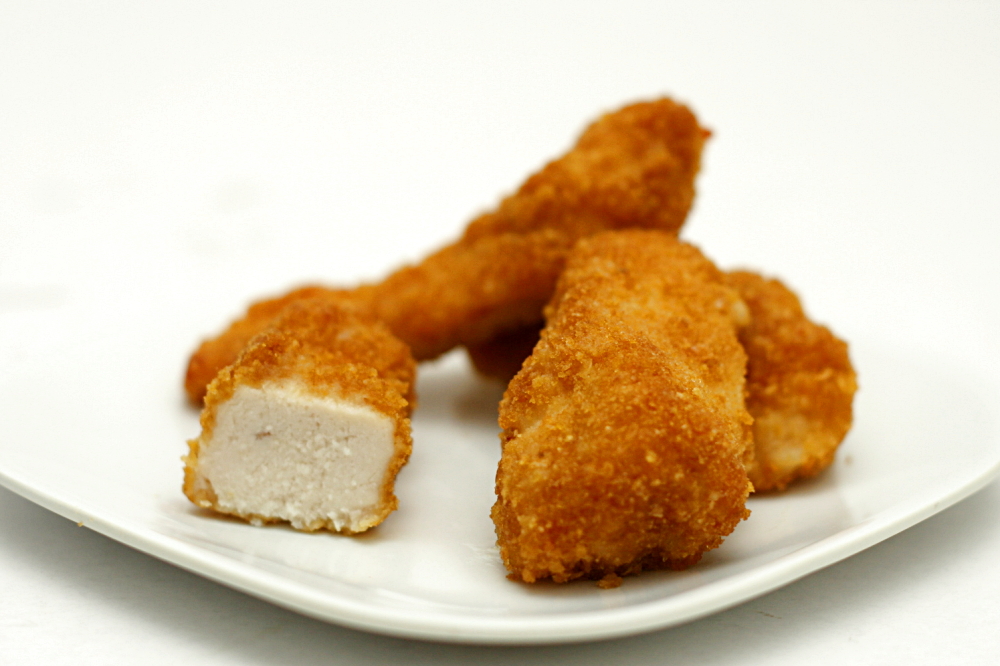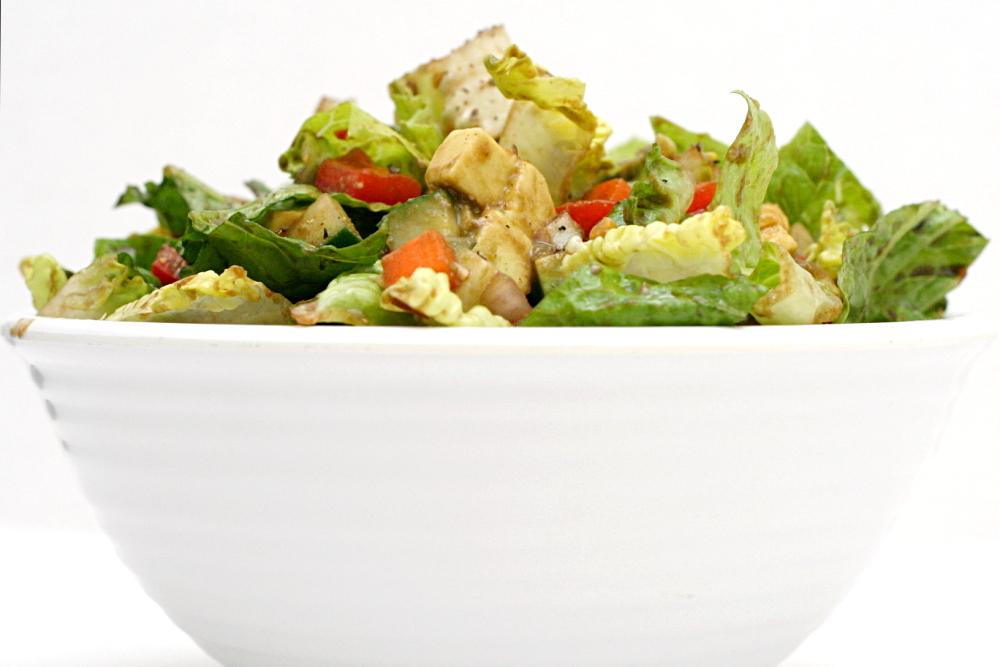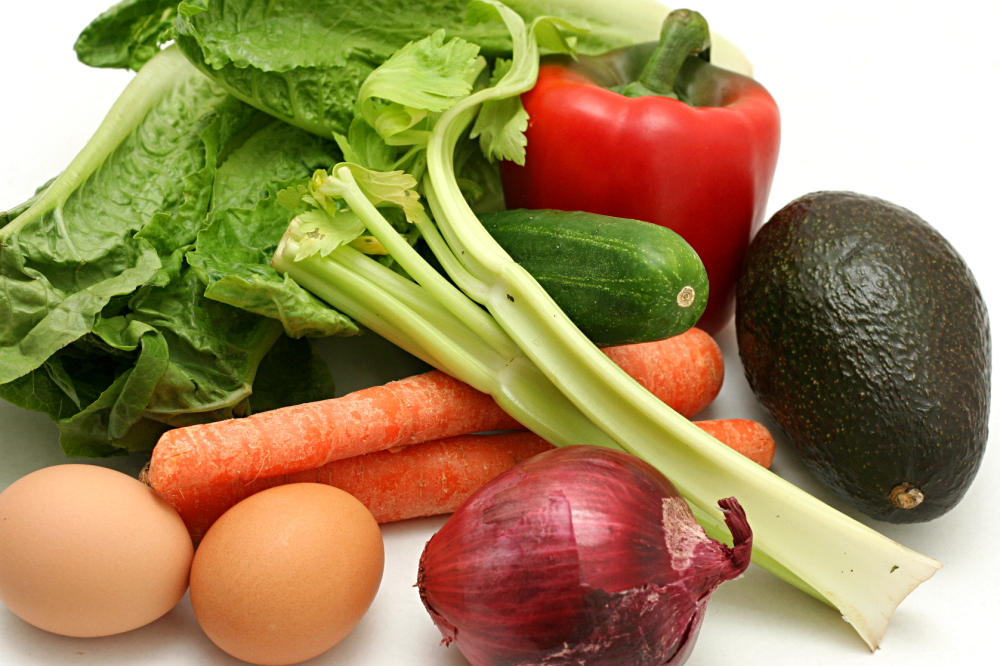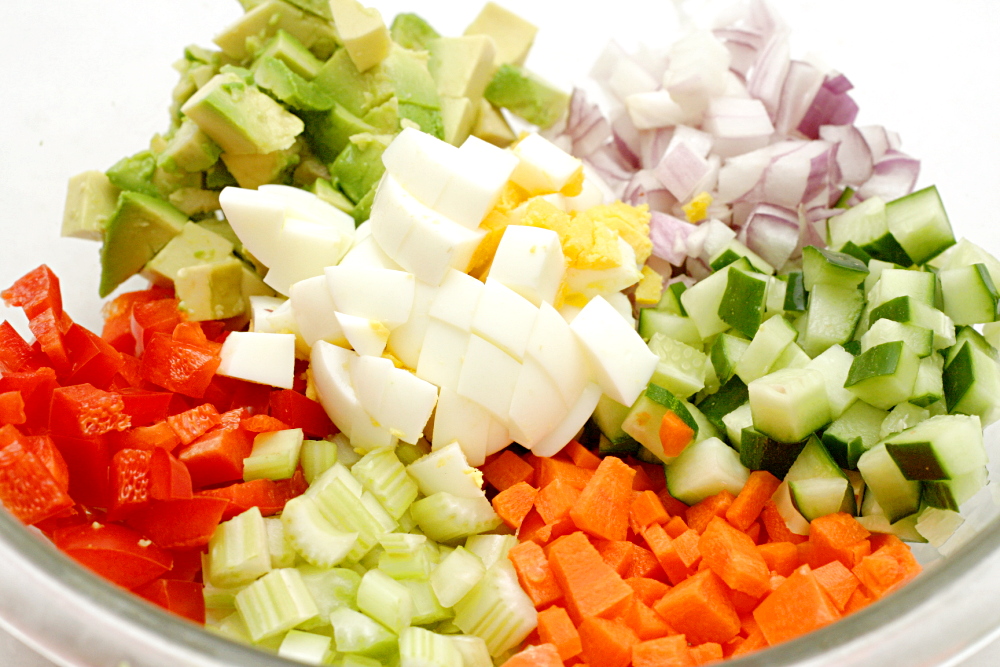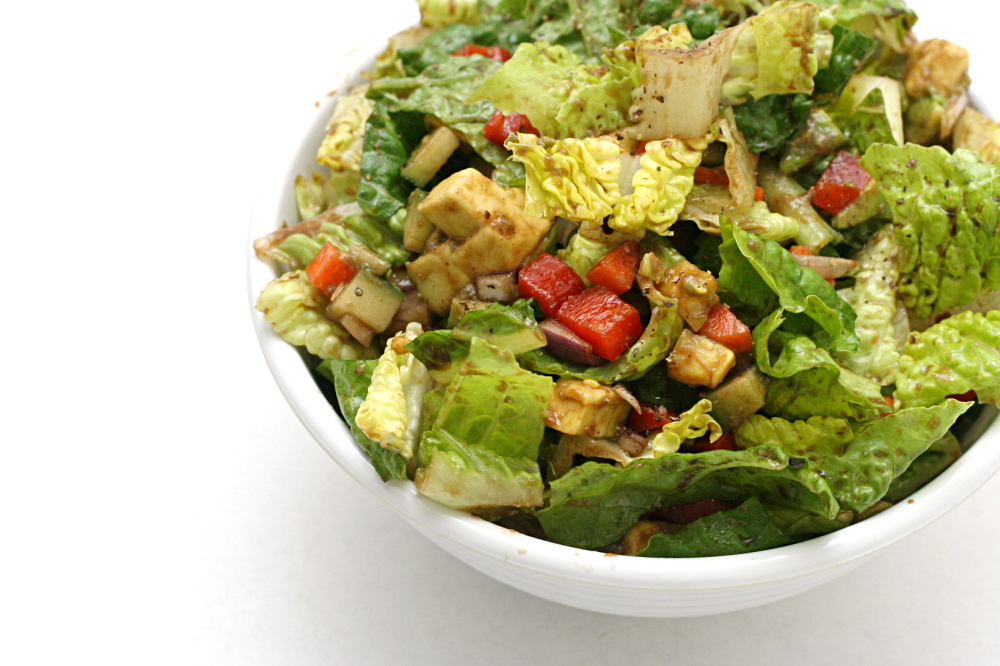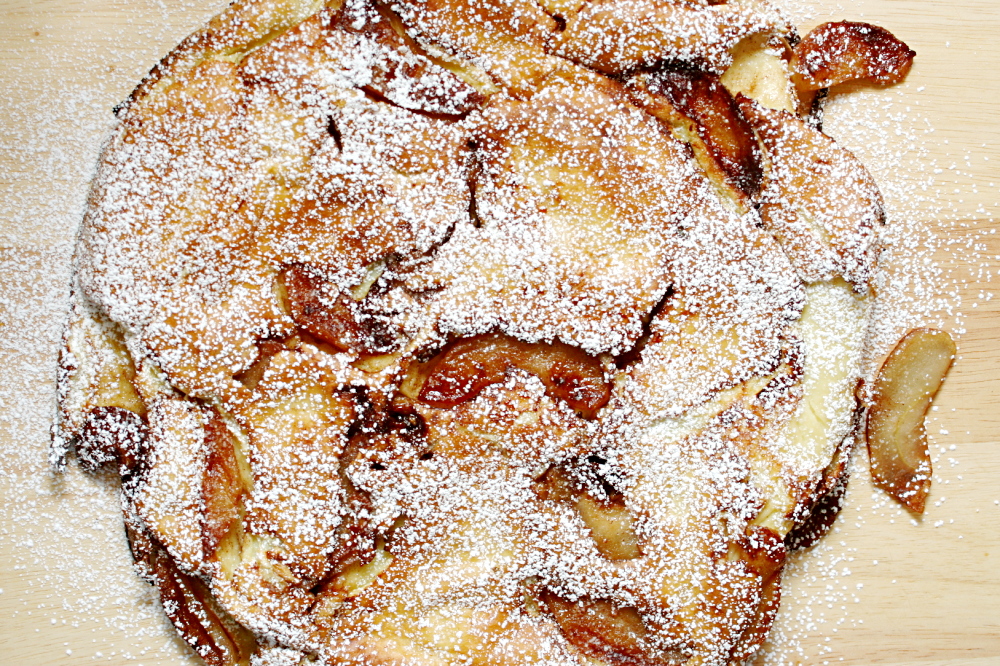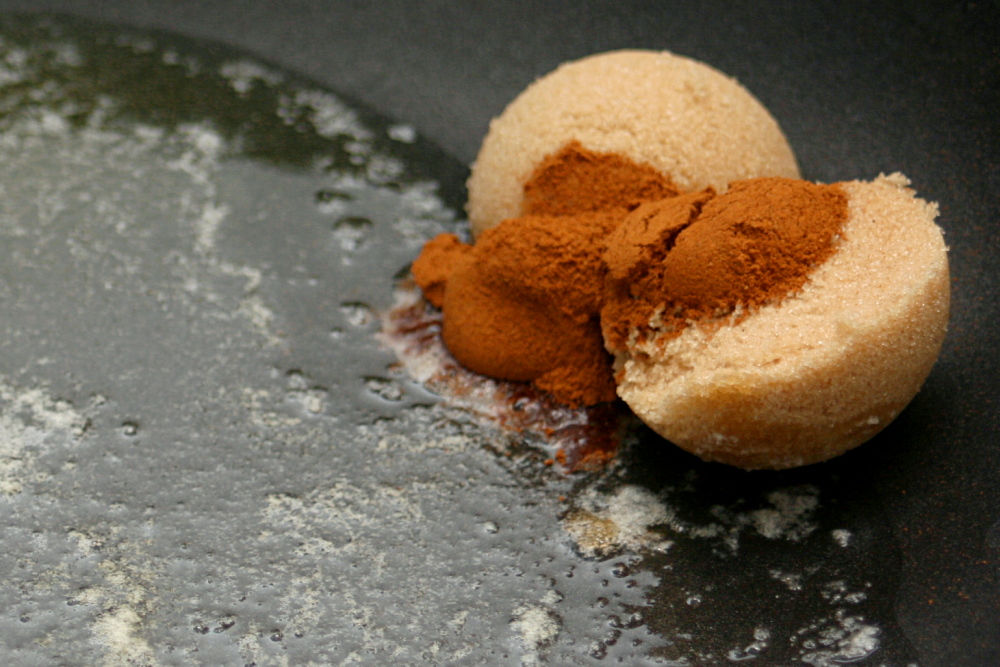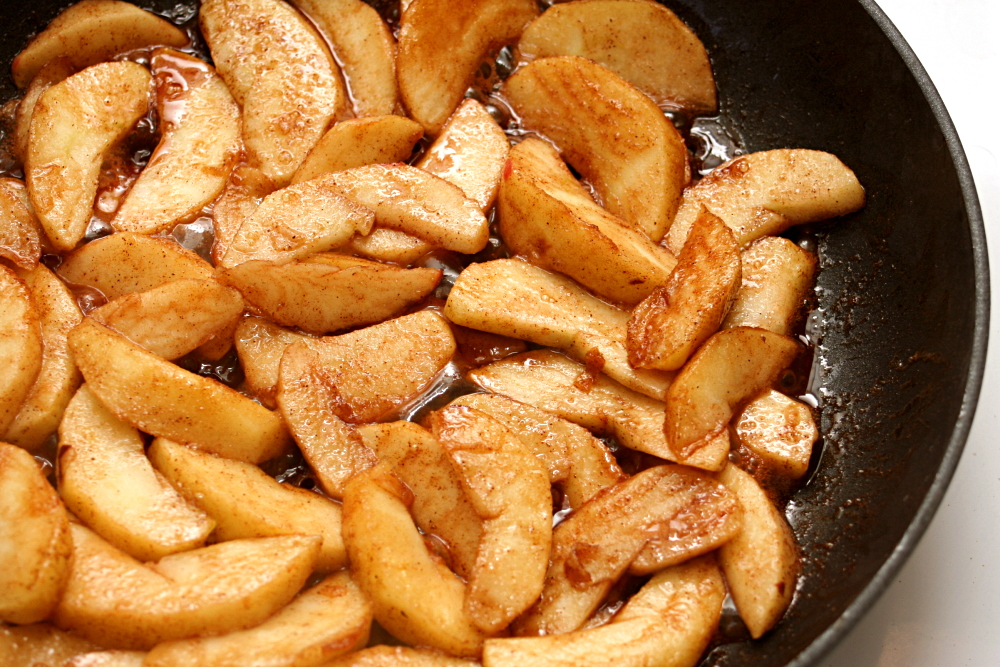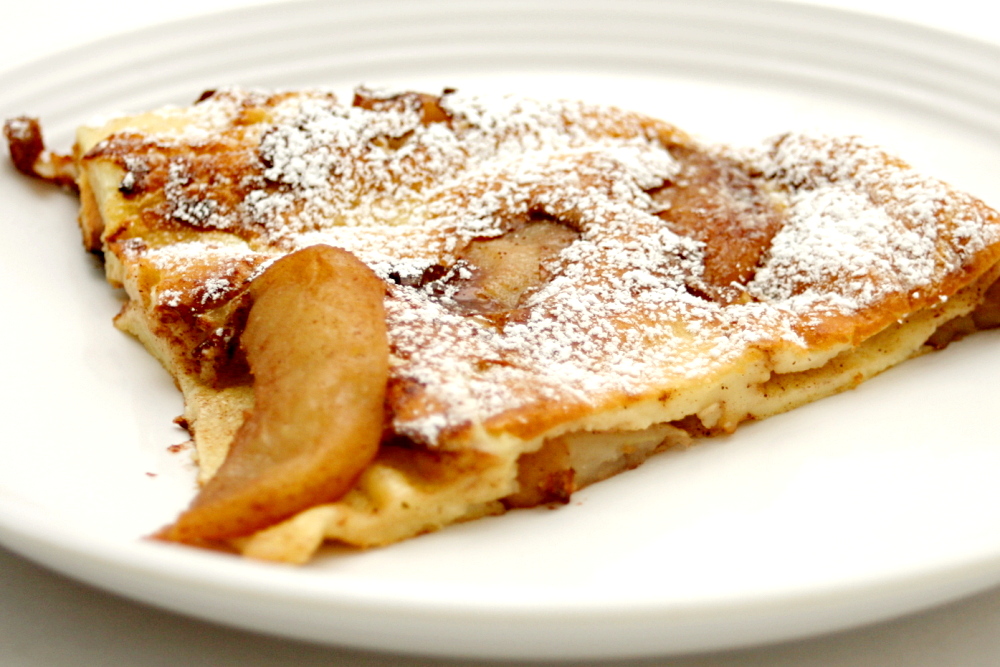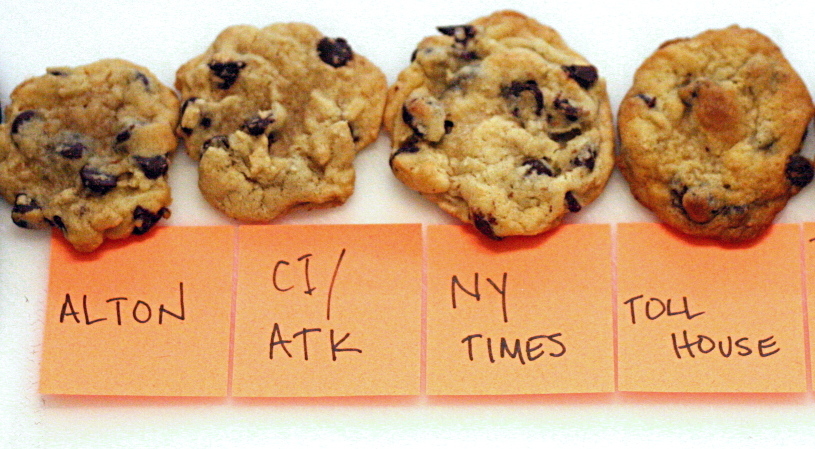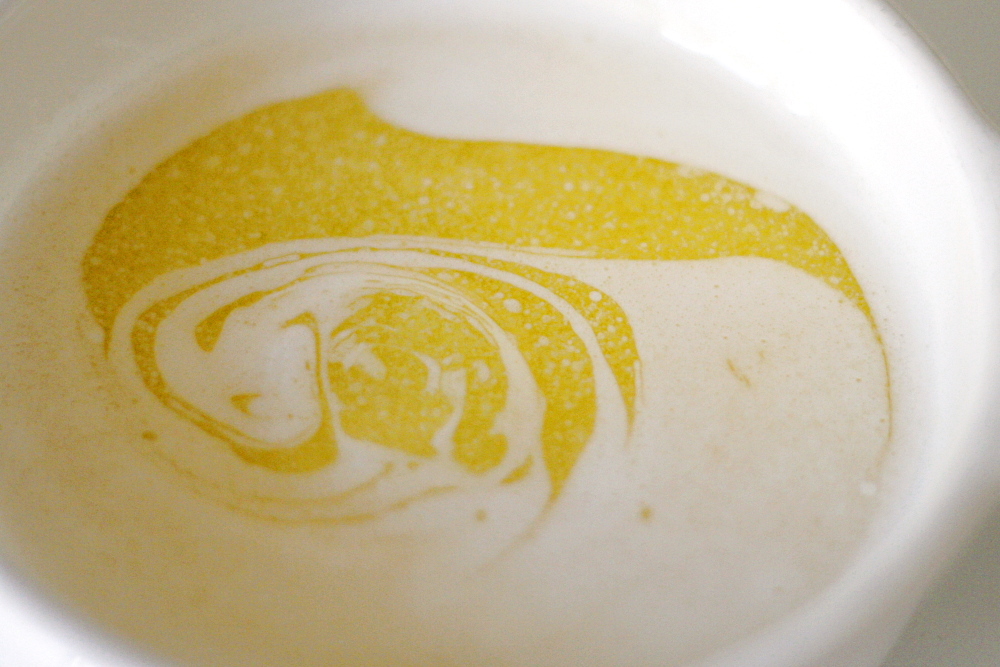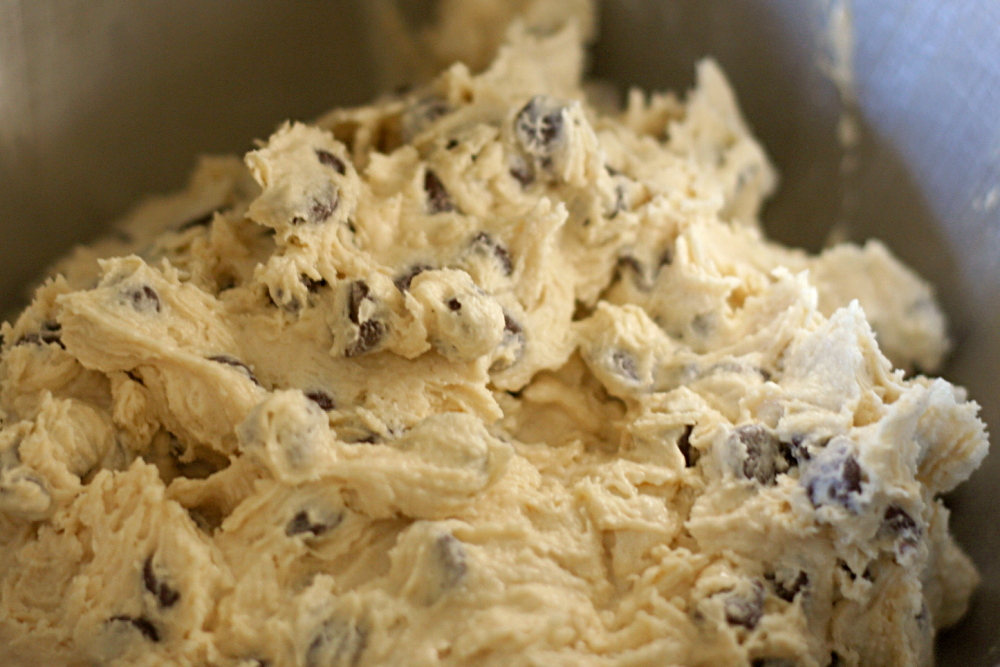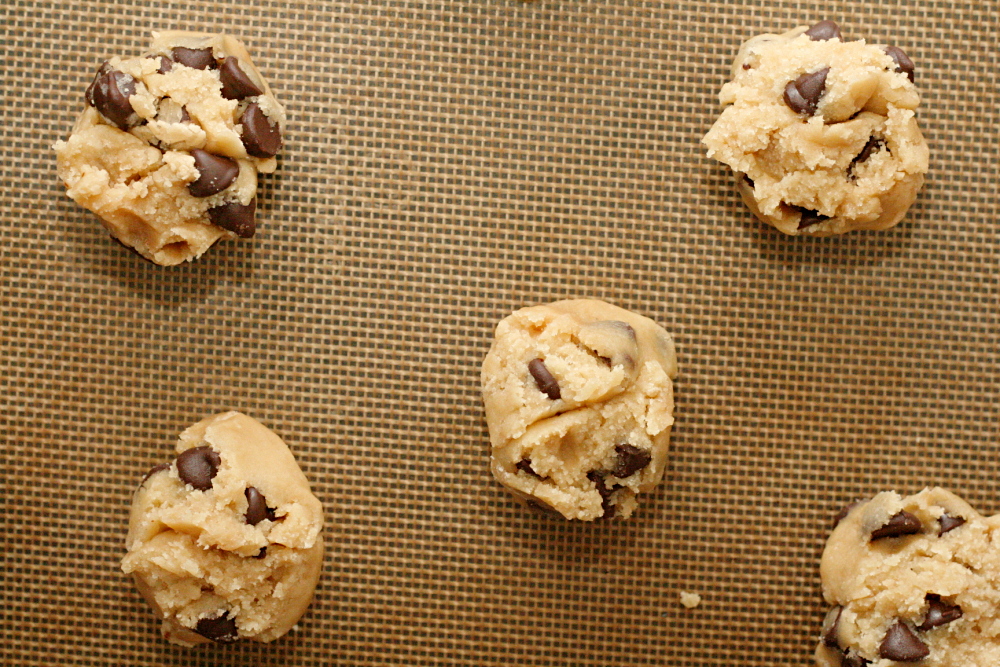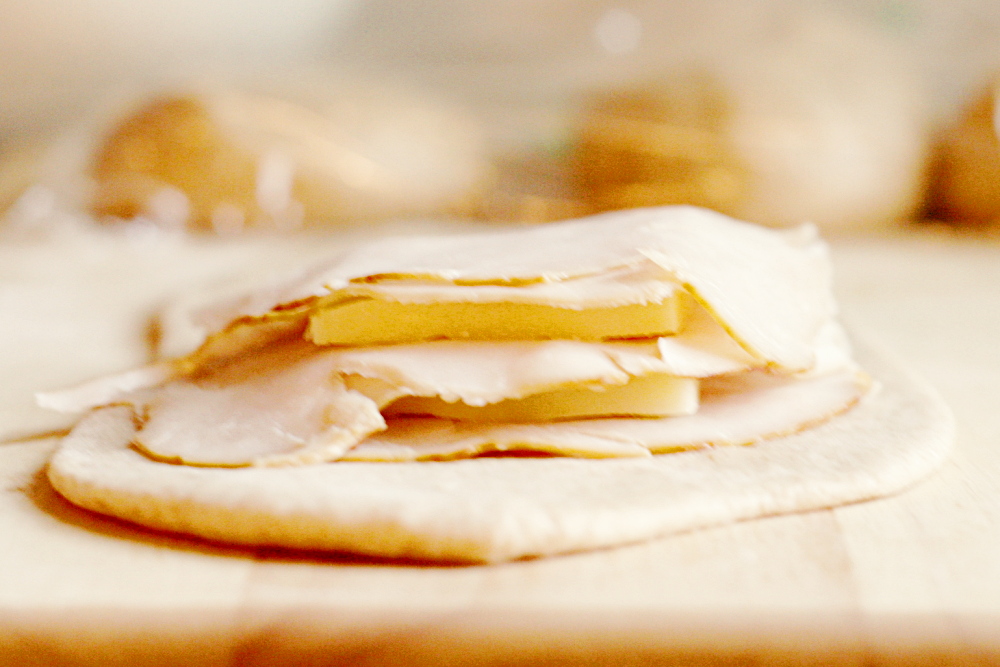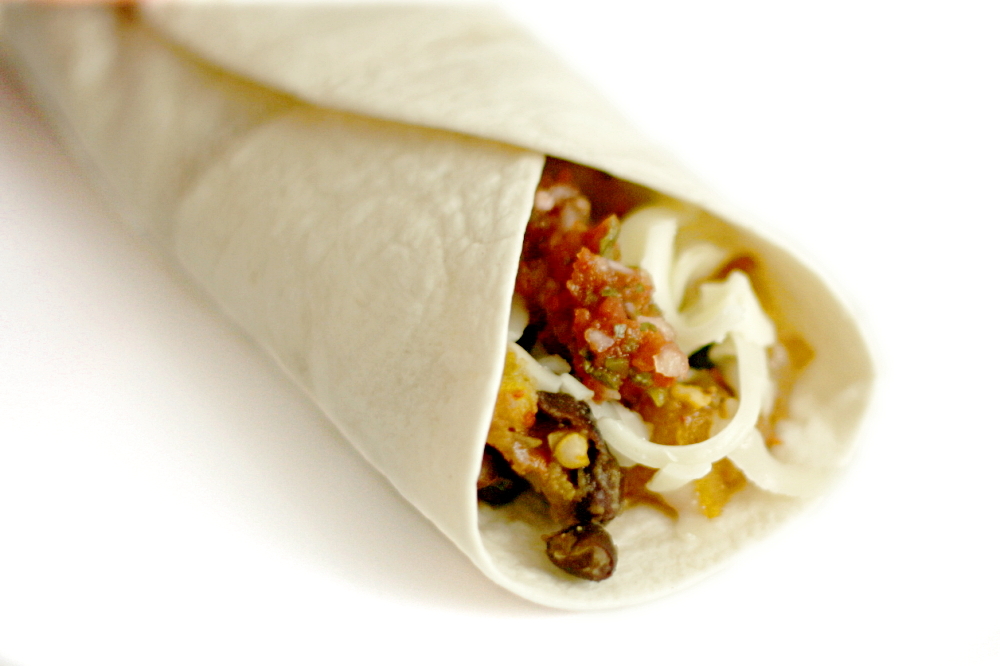
One of my (many) goals for this year was to cook less. And boy have I. My cooking and baking was getting out of hand there for a while and getting in the way of other things I needed to be doing. Like working. But I swung too far in the other direction, because do you realize that I haven’t posted a non-baked recipe in a month? In fact, I almost ran out of anything I could post about. Now I’m getting back on track with trying new, easy, healthy dinner recipes.
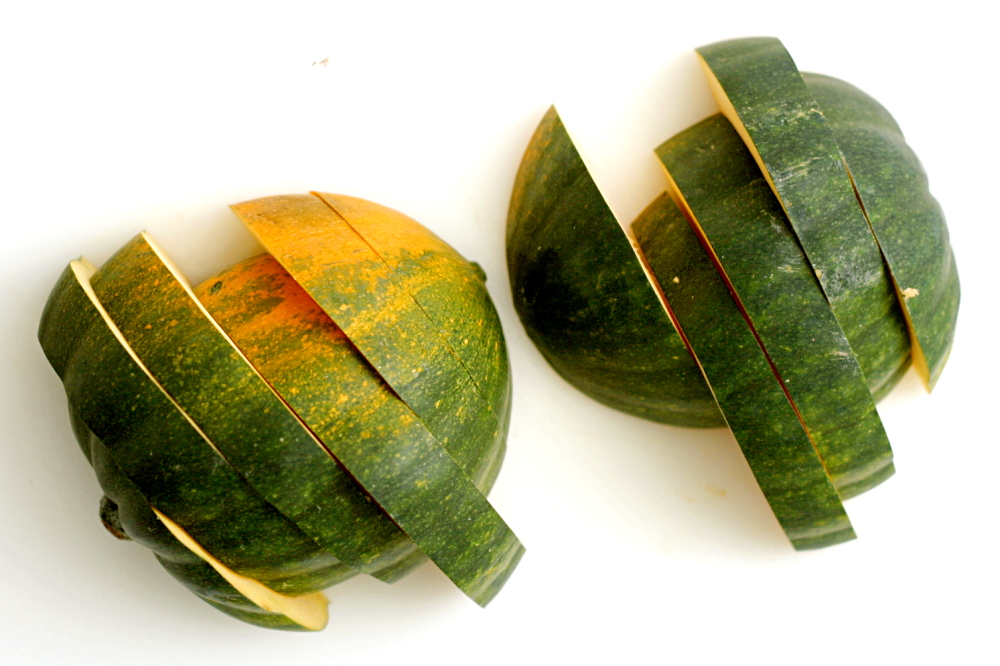
Black bean and squash burritos have been on my radar for a while, but then when I finally decided to make them, I couldn’t find a recipe. I ended up just writing my own. For the squash, I knew I wanted to avoid peeling and dicing it while it was raw, as that whole process always ends up pissing me off. So I sliced the squash, seasoned it, rubbed it in just a little olive oil, and roasted it until it was soft and browned.
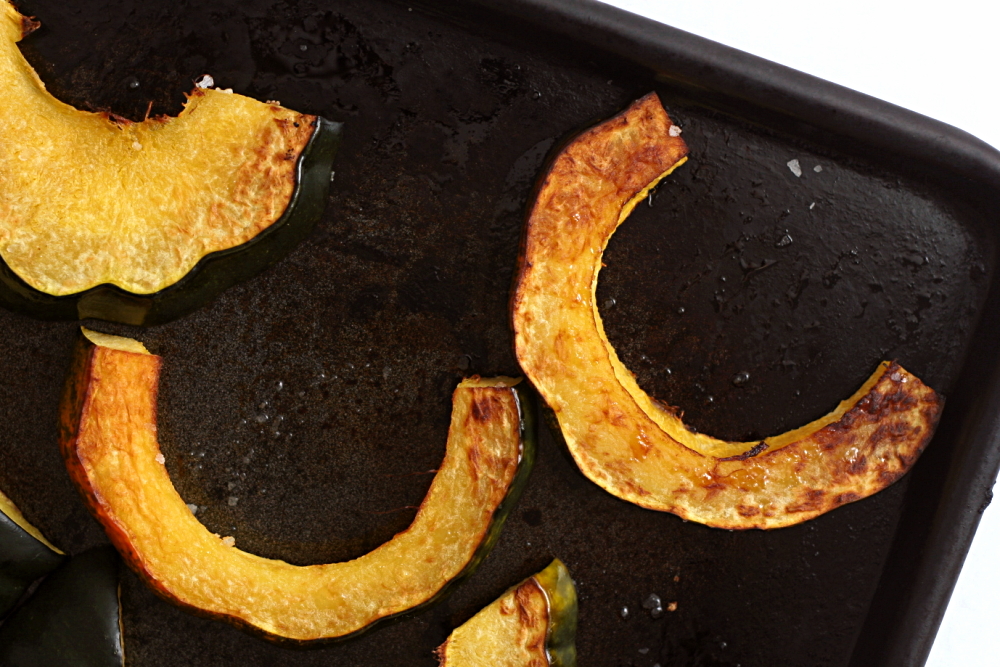
While the squash was in the oven, I sautéed some onions, then added garlic and spices before stirring in green chiles and black beans. When the squash was done, I pulled the peels off and roughly chopped the flesh, which I threw into the pot with the beans. That simple mixture was my main filling, and I served it with salsa and cheese.
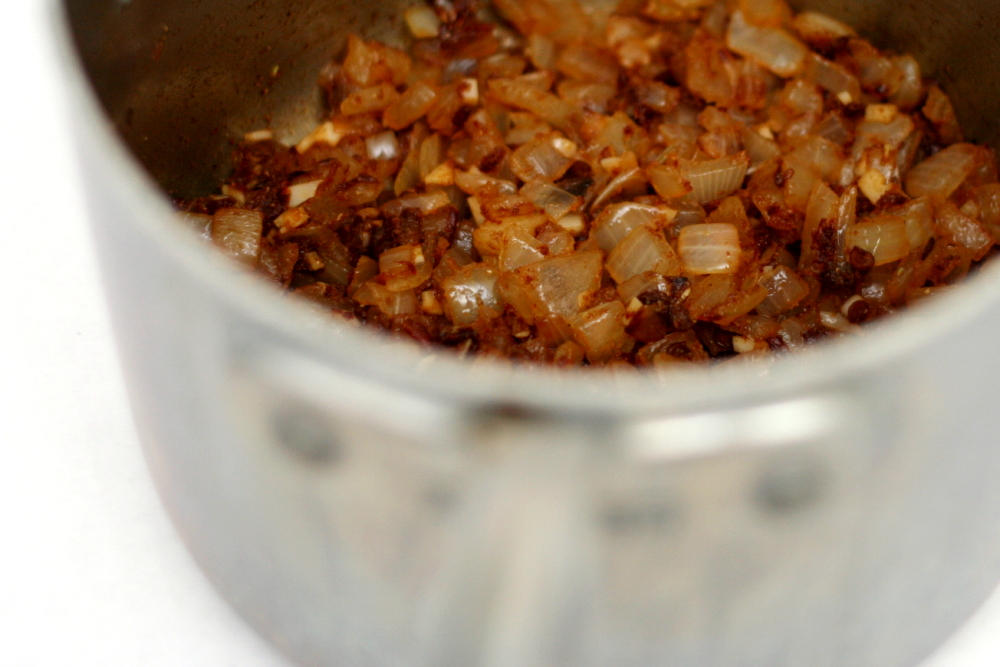
I thought they were really good. And they’re so easy, and they’re healthy, and cheap. An overall success in my book. Dave…um, he thought they were fine. His exact words were, “I like regular burritos better.” I told them he should judge these based on their own merits instead of comparing them to something else, and he said, “Too squashy.” Pbbth. Whatever. I thought they were seriously tasty.
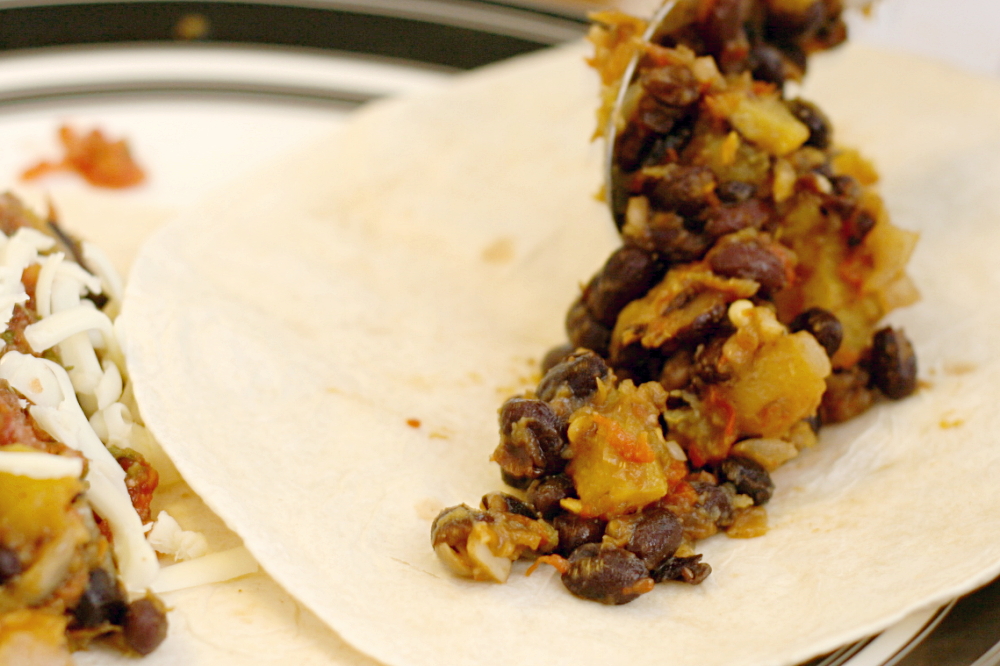
One year ago: Gooey Chocolate Cake – my first recipe with Tuesdays with Dorie
Squash and Black Bean Burritos
Note: The burritos are also good when they’re made with chipotle chiles instead of green chiles. If you go that direction, I’d use four, and more if you like a lot of spice.
Serves 4-6
2 small acorn squash
salt and pepper
2 tablespoons olive oil
2 medium onions, chopped small
4 cloves garlic, minced
2 teaspoons ground cumin
1 teaspoon ground coriander
8 ounces green chiles, diced
2 (15-ounce) cans black beans, rinsed and drained
10 (7-inch) flour tortillas, warmed
salsa
4 ounces queso fresco, crumbled, or shredded cheddar (about 1 cup)
1. Adjust an oven rack to the middle position and heat the oven to 450F. Halve the squash and scoop out the seeds. Cut each half into ¾-inch slices. Spread 2 teaspoons of olive oil on a baking sheet and lay the squash slices on the oil, turning each slice over to thinly coat each side. Generously season with salt and pepper. Roast until the squash is browned on the edges and tender throughout, about 20 minutes.
2. Heat 4 teaspoons olive oil in a medium saucepan over medium heat until shimmering. Add onion and sauté, stirring occasionally, until just browned around the edges, 5-7 minutes. Add garlic, cumin, and coriander. Cook, stirring constantly, for about 30 seconds, until fragrant. Stir in the chiles, beans and a pinch of salt. Lower the heat to low, cover, and heat just to warm.
3. When the squash has cooled enough to handle, peel the skin off of each slice. Roughly chop the squash into ¼- to ½-inch pieces and stir into the black beans.
4. Layer the squash-black bean mixture, salsa, and cheese in center of each tortilla. Fold and serve.
